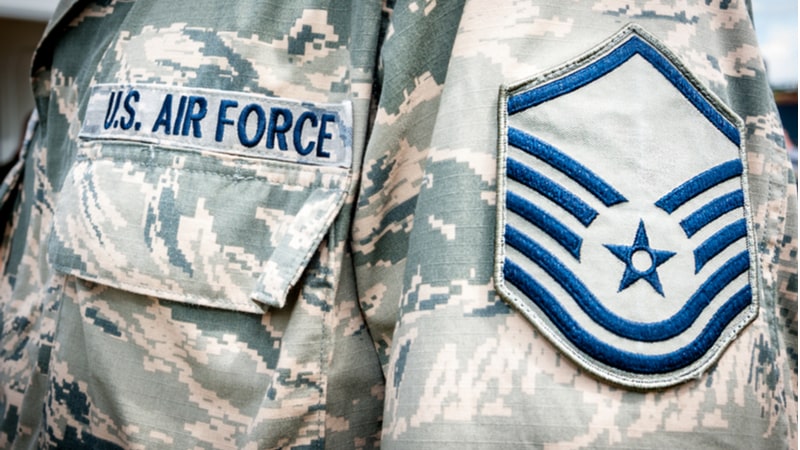
The Department of the Air Force’s (DAF) Office of the Chief Information Officer (CIO) has released a new strategy outlining how it will leverage commercial technology to modernize and secure its IT networks.
The “Network of the Future” strategy outlines how the DAF will deliver a resilient and adaptive encrypted network – integrating commercial capabilities into its digital infrastructure – to enable real-time data sharing and ubiquitous connectivity across the edge continuum in support of airmen and guardians.
“The [strategy] will serve as the backbone for seamless connectivity, real-time data sharing, and rapid decision-making across all domains to provide our warfighters with access to data they need anytime, anywhere,” DAF Chief Technology Officer Scott Heitmann said in a written statement included in the strategy document.
The plan is structured around six key objectives aimed at building a resilient, adaptive, and secure network. These include: bolster network resilience, increase operational scalability and flexibility, secure the network of the future, streamline network management, integrate the network environment, and enable the workforce of the future.
A central focus of the strategy is strengthening network resilience by adopting advanced technologies such as software-defined wide area networks (SD-WAN), low-Earth orbit (LEO) satellite communications, and 5G connectivity. These technologies aim to enable secure, flexible data routing and expand bandwidth to meet the increasing demands of future missions.
To ensure reliable data movement even during periods of high network demand, the department plans to diversify its transport methods by integrating additional commercial services.
The strategy specifically highlights commercial LEO satellite communications as a key solution for providing scalable and secure connectivity to cloud environments and off-site data centers, enhancing the overall flexibility and robustness of the network.
“These technologies will enable the DAF to deliver a flexible, secure digital infrastructure that not only meets today’s challenges but also anticipates tomorrow’s, strengthening our defenses and empowering our teams for mission success,” the DAF CIO said in a LinkedIn post published Wednesday.
The strategy also underscores the role of commercial services in its $12.5 billion Base Infrastructure Modernization program, which aims to overhaul the service’s base area network infrastructure. By using industry-standard and commercial-off-the-shelf solutions for non-mission critical needs, the strategy explains that the DAF will be able to boost flexibility, adopt new technologies, and shift toward high-performance, “As-a-Service” network operations to better support future missions.
Additionally, the DAF intends to increase its reliance on scalable, cost-effective technologies such as the National Security Agency’s (NSA) Commercial Solutions for Classified (CSfC) program.
These commercial technologies, validated against NSA cybersecurity standards, allow government agencies to meet their security needs without relying on traditional, custom-built classified systems. By adopting CSfC across the enterprise, the DAF aims to simplify secure access for mission partners and enable more interoperable network environments that support joint and coalition operations.
According to the strategy, this enterprise-wide implementation of CSfC will accelerate the delivery of secure capabilities by putting commercially available, high-security solutions directly into the hands of warfighters.
The strategy also aims to strengthen the DAF’s cybersecurity posture by “integrating dynamic access into the network architecture” through next-generation gateways. These gateways incorporate zero trust principles and leverage technologies like AI, SD-WAN, and cloud integration to enhance security, optimize performance, and improve flexibility.
“As our global adversaries leverage advanced technology to target our networks, we must maintain operational excellence and connect core systems to the edge to meet ever-changing mission needs and outpace our adversaries before critical gaps emerge,” the DAF CIO stated. “The urgency is clear: we must accelerate cyber readiness through both capability and decisive action.”
